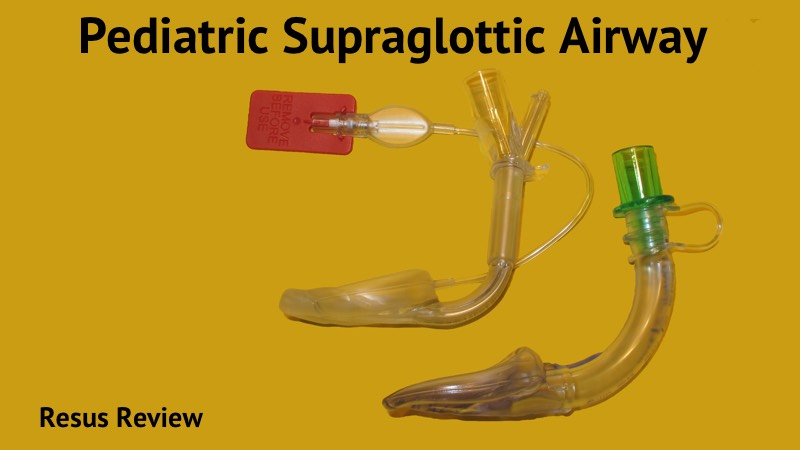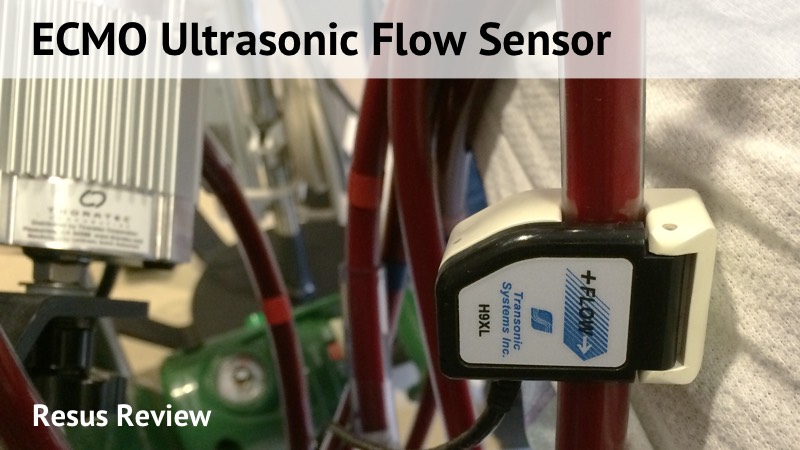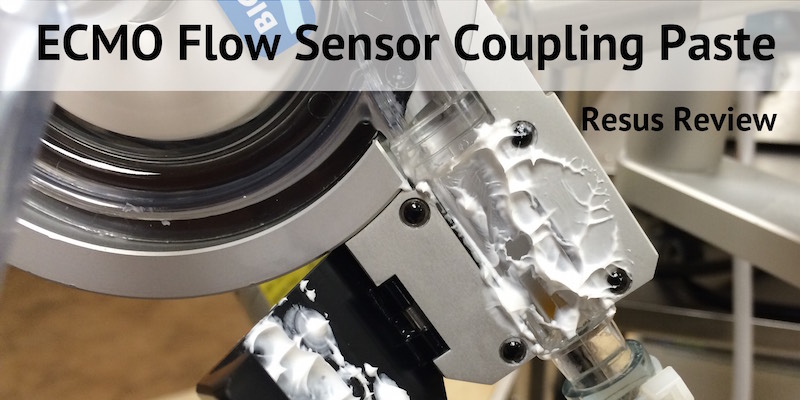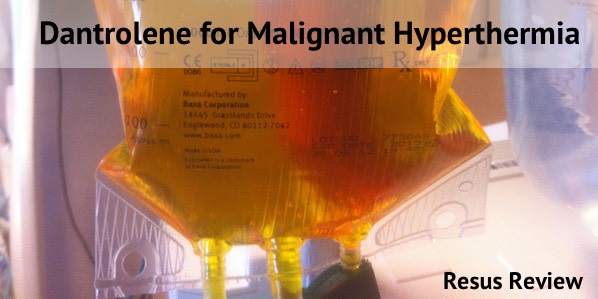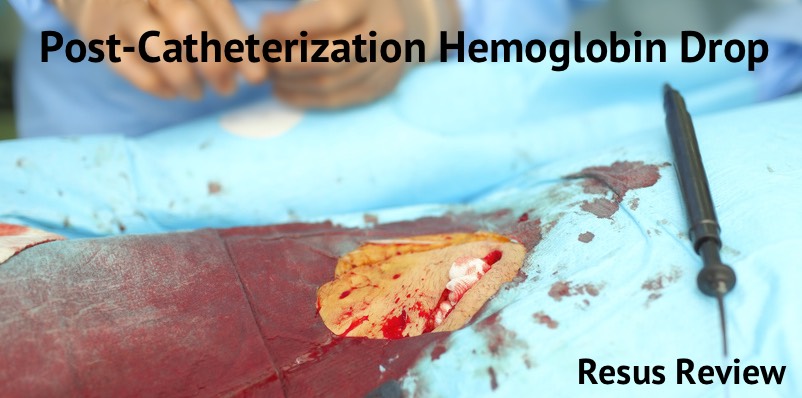Pediatric Supraglottic Airways
Intubating and non-intubating supraglottic airways (LMA) for neonates and children are an important tool for managing the emergency pediatric airway. Depending on the product, they have unique features that can help facilitate BVM ventilation, provide gastric suctioning, or allow for intubation directly or over a bronchoscope. Learn how to use the air-Q LMA, LMA Supreme, LMA Fastrach and how they can be incorporated as a critical part of your pediatric airway algorithm.
